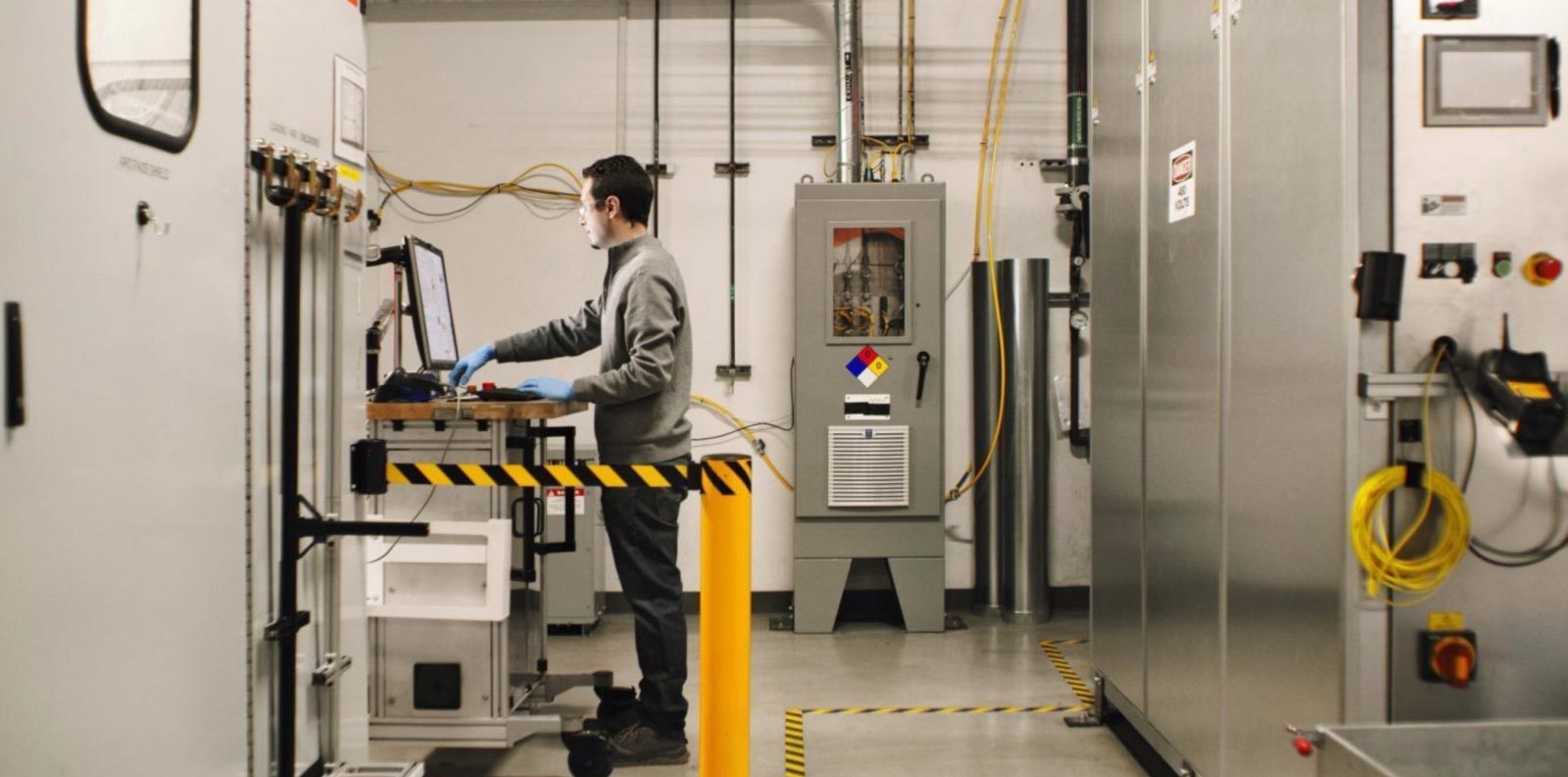
Sila Nanotechnologies announced that they will invest a few hundreds of millions of dollars into a new battery material factory in Washington state to support the production of up to 500,000 electric vehicles.
The company described the project in Moses Lake in a new press release today:
In a commitment to ensure America retains global leadership in the world’s transition to the new energy storage era, Sila, a next-generation battery materials company, today announced the purchase of a facility with more than 600,000 square feet of space located in Moses Lake, WA to be used to manufacture Sila’s breakthrough lithium-ion anode materials at automotive volumes and quality. Powered with hydropower, the facility is located on 160-acres of land close to rail lines for convenient and efficient shipping.
Sila Nanotechnologies was co-founded by now CEO Gene Berdichevsky.
Berdichevsky was an early battery technology lead at Tesla for the original Roadster. He has since dedicated his career to working on next-generation battery technology.
At Sila, the focus is on a silicon-based anode that enables impressive energy density. The company’s battery is already powering the popular WHOOP 4.0 fitness tracker, but they are now looking to move into the auto industry with this new factory.
Berdichevsky commented on the announcement:
The U.S has always excelled at innovation. Now we must also excel at manufacturing that innovation. Sila is delivering proven next-generation anode materials today. Our new Washington state plant builds on that momentum offering the manufacturing capacity to meet the needs of our auto partners on their way to a fully electric future. We’ve been working towards automotive quality standards and scale since our start to ensure longer range, faster charge times, and lower battery cost. With this scale-up, we have a pivotal piece to realize the full potential of next-generation materials at the volumes required to make a global impact.
The new factory’s anode production is going to be enough to power “10 GWh of cells when used as a full graphite replacement, or up to 50 GWh of cells when used as a partial replacement.” The company says that it is enough material to power batteries in “up to 100,000-500,000 premium electric vehicles and 500 million mobile phones annually.”
Sila Nanotechnologies says that it aims to have production lines in operation in the second half of 2024 and “full start of production underway in the first half of 2025.” They are considering potential expansions of the project to support the production of “150 GWh of cells when used as a full graphite replacement or 750 GWh as a partial replacement – enough to power two to 10 million electric vehicles per year.”
FTC: We use income earning auto affiliate links. More.


Comments